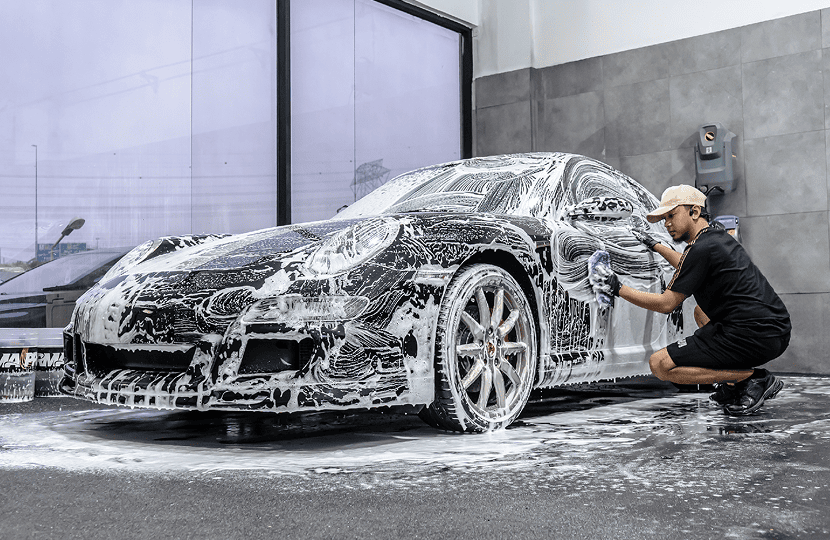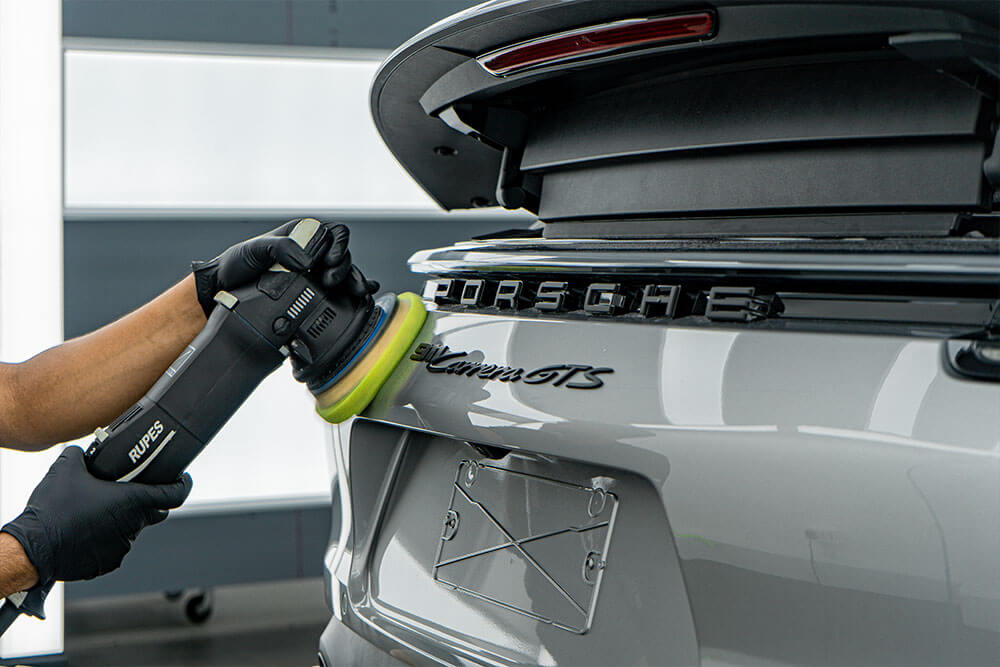
Consider this common scenario on Dubai car forums: You’re involved in a minor fender-bender. Your insurance covers the panel repair, but when you get the car back, you receive an unexpected bill for AED 2,500 to reapply the damaged paint protection film (PPF). Suddenly, the “protection” you invested in becomes an out-of-pocket expense.
This isn’t an isolated incident—it’s a common oversight. And as we approach late 2025, with new PPF technologies like color-changing films gaining popularity, understanding how insurance treats these modifications is more important than ever.
Why PPF Classification Matters
Here’s the key fact: PPF is officially classified as a car modification in the UAE.
This isn’t a minor technicality. If you don’t declare it, your insurer could legally reject a claim—even for an unrelated accident. The question is: Does PPF increase your insurance premium? And how do you ensure the thousands of dirhams you spent on the film are covered?
This guide breaks down how UAE insurers view PPF, what you must declare, and the steps to ensure your car and its protective film are both fully insured.
Is PPF a “Car Modification” in the UAE?
Yes, and UAE law is crystal clear about this. Any change made to your car after it leaves the factory—performance, cosmetic, or otherwise—is considered a modification. Paint protection film falls under this category.
Under Federal Traffic Law, modifications must be approved by ESMA (Emirates Authority for Standardization and Metrology) for safety compliance. And, importantly, all modifications must be disclosed to your insurer.
Failing to do so could lead to:
- Claim rejection, even after a minor accident.
- Policy cancellation if a post-accident inspection reveals undeclared modifications.
This makes proper disclosure the foundation of protecting your PPF investment.
Does PPF Increase Your Insurance Premium?
Not necessarily. While the word “modification” usually signals higher premiums, PPF is seen differently by most insurers.
Unlike performance upgrades, PPF reduces risk. A high-quality film protects against scratches, stone chips, and minor abrasions—fewer incidents mean fewer claims. Insurers often view it as a positive sign that you care for your car.
The real financial risk isn’t the premium—it’s not declaring the PPF. Non-disclosure could leave you paying the full repair bill, which might include both bodywork and film replacement.
Is PPF Itself Covered After an Accident?
This is where car owners often face a rude shock. A comprehensive policy usually covers only the factory bodywork—not aftermarket additions like PPF.
Take this real scenario from Dubai: An owner had their bumper repaired after an accident under insurance. The panel was fixed, but they still had to pay AED 2,500 to reapply the PPF on that panel.
Even a 10-year PPF warranty doesn’t help here—it only covers manufacturing defects like bubbling or yellowing, not accident damage. Without added coverage, every accident means paying separately to reapply the film.
How to Properly Insure Your PPF Investment
To avoid these costs, take these steps:
Step 1: Declare the PPF Installation
Tell your insurer as soon as you install PPF. Non-disclosure is the biggest reason for claim denials or policy voids.
Step 2: Ask for Coverage for Aftermarket Parts
Once declared, ask your insurer about “custom parts and equipment” riders or endorsements. Some UAE providers have policies specifically designed for modified vehicles, which can include PPF replacement costs.
Step 3: Keep Records
Maintain invoices, receipts, warranty details, and photos (before and after application). These documents are critical if you want to claim the cost of film replacement.
The Bottom Line: PPF and Insurance
Here’s what you need to know:
- PPF is legally a modification—you must declare it.
- Declaring it rarely increases your premium.
- Standard policies don’t cover the film’s replacement cost, so ask for coverage add-ons.
A quick, 10-minute call to your insurer can close this coverage gap. It ensures that the AED 2,500 or more you might otherwise spend on PPF reapplication after every accident is covered.
Protecting your car means protecting both the paint and the film you’ve invested in.


